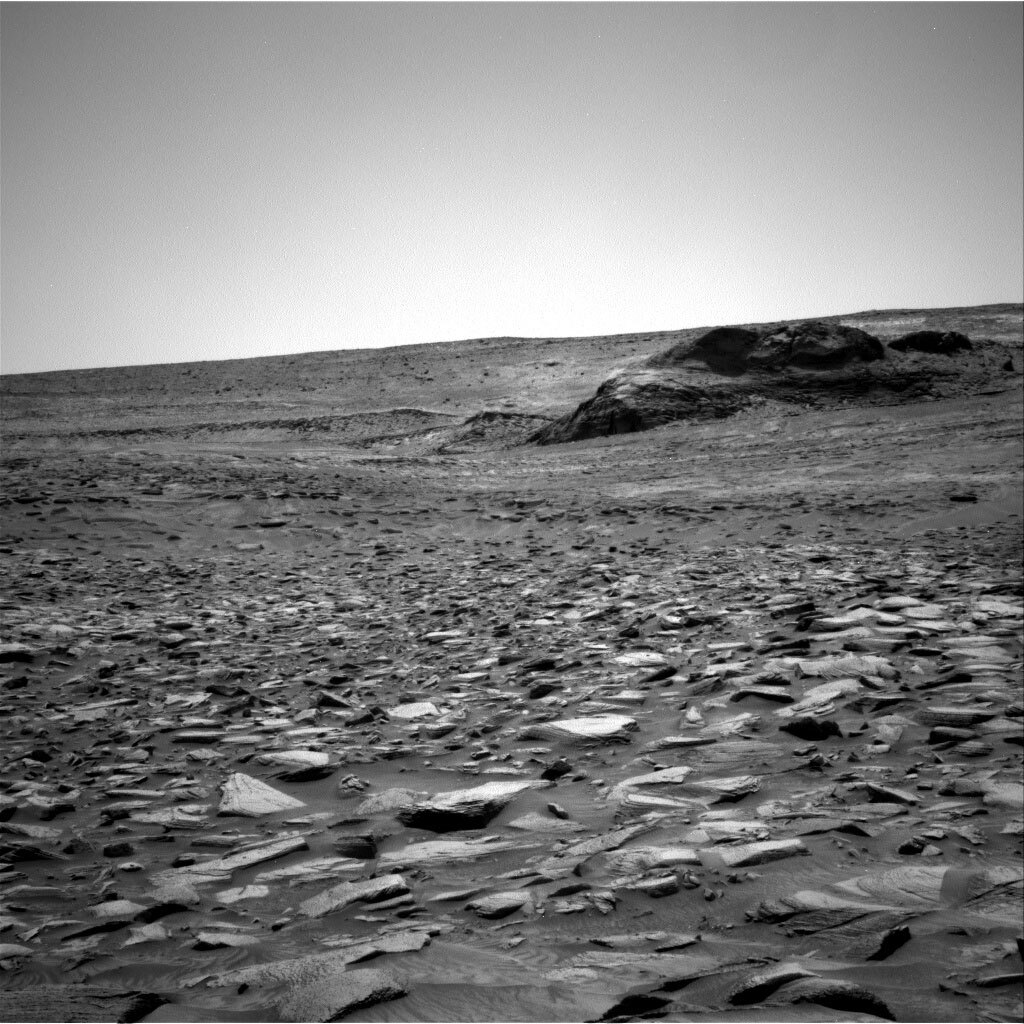3 min read

Imagine you are a rover on Mars, your team back home on Earth is working around the clock to send you tasks to do, well, would your team get days off? The answer is yes, and that’s what happens in this plan. Although it’s a two-sol plan, only one sol is being planned. This is to allow the timelines on Mars and Earth to get back into a good alignment again. That’s because a Mars day is approximately 37 minutes longer than an Earth day. But before Curiosity’s team has its day off, the rover is going to do a full day of science. And it happens pretty regularly, too, and it’s also being mentioned before, see here by my colleague Abigail.
After staying in place in the last plan, the drive takes precedence in this plan. Therefore, science had to be very strict on the timings to preserve the energy needed for the drive. We had quite a lot of discussion, as lots of interesting rocks are in the area, but in the end we agreed on the following: APXS gets a pause, but target "Cauarane" will be DRT-ed and then investigated by MAHLI to get a close look at the grain size of the target, and it will then be investigated by ChemCam. ChemCam also images an extension of already existing imagery on the Bolivar area, which has some very interesting changes in the sedimentary structure. The same area will also be imaged by Mastcam, which in addition gets documentation images of "Cauarane" and the ChemCam Aegis target from the last plan, as well as investigate target "Malica Macu."
The drive will be an important part of the plan. We are all holding our breath here, because this terrain is anything but easy. Have a look at the image above, which will give you an idea about the difficulty to plan a safe drive in a landscape littered with rocks, some of them sharp. The drive will have to avoid many obstacles, and while our amazing rover planners are planning this meticulously, it’s still an off-road drive, and we will be looking forward to seeing if we will have reached our final parking position. If not, then that’s ok, too, because Curiosity will keep itself safe, and if the drive does not complete, we’ll just try again from wherever it stopped. So, stay tuned, if we’ll get to our destination.
Written by Susanne Schwenzer, Planetary Geologist at The Open University







